How to plant carrots so as not to thin out?

In the overwhelming majority of cases, when cultivating such a popular vegetable as carrots, gardeners have to deal with a rather laborious procedure. And we are talking about thinning, during which you can accidentally remove excess seedlings or damage neighboring ones.
It's no secret that any business can be simplified with a competent approach. That is why it is recommended to know exactly how you can plant carrots so that they do not have to be thinned out. In practice, this allows you to reduce the time and effort involved in the care of the crop.

Pelleting
The main objective of this method is to maximize the size of the seed, due to which planting is facilitated. It is important to consider that pelleting can be done independently at home. At the initial stage, it will be necessary to carefully select high-quality seeds, while separating small and overdried specimens. The next stage is the disinfection of the material with a 1% solution of potassium permanganate. After that, a mixture is prepared from a mullein powder and seeds crushed to a state of powder in a ratio of 4: 1. When landing, certain parameters should be taken into account:
- the interval between the holes is from 8 to 10 cm;
- the diameter of the recesses is no more than 2 cm;
- depth - approximately 2 cm;
Place 2-3 seeds in each well. As a result, thinning the beds as the root crops grow will not be required, and the extra ones, starting from mid-June, are pulled out for eating. It is important to note that when planting, not in the holes, but in the grooves, flour is first scattered, and the seeds themselves are laid out with an interval of 4-5 cm. By the way, now on sale more and more often you can find granulated seeds of carrots and many other vegetables. At a certain stage of production, they are covered with a shell, which completely disintegrates in wet soil conditions. The ease of single-piece sowing at regular intervals is determined by the size of the granules (about 2-3 mm). The recommended penetration depth is 3 cm.
Many novice vegetable growers have a question regarding the advisability of using pelleted seed. As practice shows, this planting method, excluding thinning, is quite effective and, as a rule, justifies the cost of purchasing such seeds. However, you should take into account the need for regular and abundant watering of the beds. Otherwise, the destruction of the shell may slow down or completely stop, and the seeds will not have time to germinate and will inevitably die.
Subject to all the rules, carrots emerge, as when using ordinary seeds, after 15-20 days.
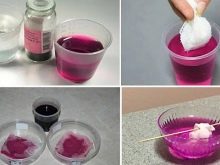
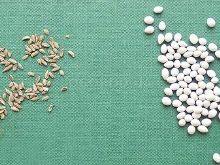
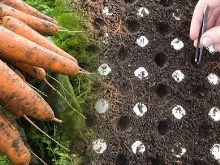
Using seeders
At the moment, you can easily find a fairly wide range of special sowing mechanisms on sale. The main advantages of this technique are ease of use and the creation of the most even rows. Modern models of such units allow you to distribute carrot seeds evenly. It is important to note that it is possible to adjust parameters such as distance, planting depth and seed dosage.
The described devices are indispensable when processing large areas. The only significant drawback is the cost of the equipment. However, a convenient and efficient enough device can be made independently with minimal costs. For this you will need:
- galvanized sheet;
- wheels;
- aluminum tubes;
- hopper for seeds.
The assembly algorithm is as follows:
- drill holes with a diameter of 1 mm in the sheet;
- fix the handles from the tubes;
- install a container for seed;
- adjust the uniformity of the seed supply.
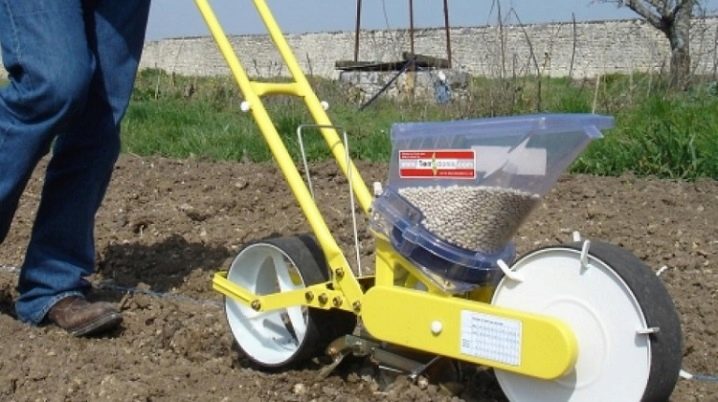
Using a strainer or salt shaker
When analyzing what methods of planting carrots, which allow avoiding thinning of the beds, are often used or, conversely, rarely, it is worth paying attention to the use of improvised means. And we are talking about such simple things as:
- salt shaker;
- strainer;
- packaging for toothpicks;
- colander;
- plastic bottle with holes.
It is important that the seeds do not pass through such devices very quickly, which will avoid dense shoots. In addition, the diameters of the holes must correspond to their dimensions.

Other planting methods
In addition to the methods already listed, modern farmers in their arsenal have a wide range of other methods of planting carrots without subsequent thinning of seedlings. These include:
- mixing seeds with sand and pastes;
- use of ribbons and markers;
- germination in bags;
- pinch landing;
- the use of egg trays.
Sowing on tape has proven itself as one of the most efficient and economical methods. In some cases, gardeners use adhesive tapes. But now, more and more often, ordinary toilet paper is successfully used for these purposes. As a rule, they prepare everything necessary during the winter, and in the spring, the ribbons with seeds are simply laid out in grooves about 3 cm deep. It remains only to irrigate the beds abundantly and sprinkle the rows with earth.
It should be noted that the process of gluing seeds to paper is a painstaking process that requires corresponding time costs. However, it is important to focus on the reliability of the landing method under consideration. Seeds are most often located at a distance of 2-2.5 cm from each other. In this case, the algorithm looks like this:
- cut off a piece of paper, the length of which should be commensurate with the bed;
- boil a starch paste with the addition of a small amount (a pinch per liter) of boric acid;
- apply the prepared solution on a flat surface with a syringe or dropper;
- gently spread the seeds on the resulting drops of paste;
- roll up the tape after complete drying into a roll.
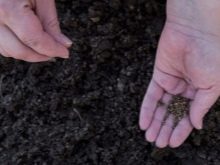

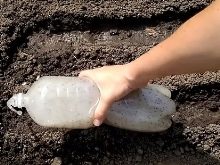
With sand
One of the clear advantages of the method is its simplicity and availability, as well as early shoots. To prepare the mixture, you will need ½ a bucket of sand and 2 tbsp. l. carrot seeds. In this case, you will need to perform the following actions:
- thoroughly mix the sand with the seed so that the latter is evenly distributed;
- moderately moisten the resulting mass;
- insist for 15 minutes;
- distribute sand with seeds into previously prepared grooves and sprinkle with earth;
- water the rows abundantly.
It is worth noting that some gardeners prefer to use a dry mixture, excluding the point with soaking. This approach, from the point of view of practicality, will be much easier. You can find out to what area the seeds will need to be distributed on their packaging.

A pinch
In this case, we mean another simple method to plant carrots so that later you do not have to thin out the beds both in the open field and in greenhouses. The procedure for sowing with a pinch:
- mix about 1 tablespoon of planting material with ½ cup of sand;
- sow the mixture with a pinch into the previously made grooves, the depth of which should be 2 cm;
- sprinkle the seeds with sand with earth.
At the final stage, it will be necessary to compact the rows with little effort.

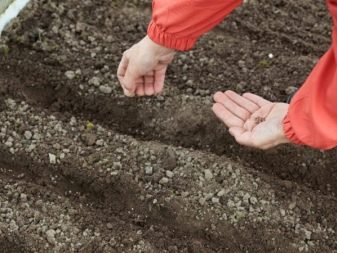
Using egg cells
Many modern gardeners successfully use plastic and cardboard egg trays for growing carrots and many other vegetable crops.The essence of this life hack is that it becomes possible to arrange the holes as evenly as possible on the garden bed.
The process itself is extremely simple. It is necessary to press the cells into the soil, which leave the holes of the desired depth. Then two seeds are placed in them. It is worth noting that with this method of planting, you still have to remove excess shoots. It turns out that most often the trays are used as a convenient tool for marking the beds during sowing.
The alternative is to have a large number of unnecessary cells. A small hole is made in each of them so that the root can easily germinate after sowing. Then soil is poured into trays and carrots are sown. At the final stage, they are simply laid out in the beds and left there until harvesting.
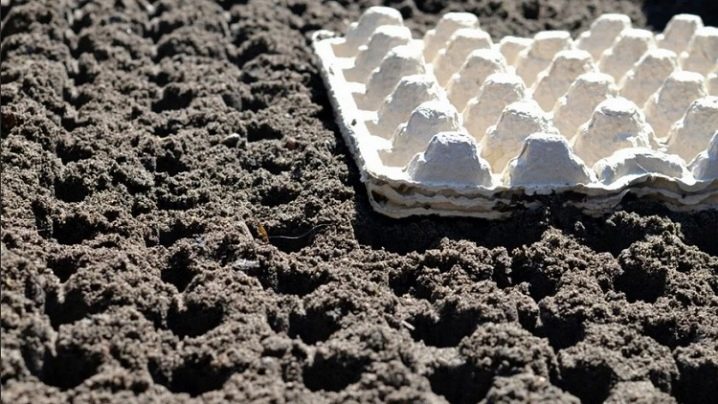
In a bag
This method of sowing vitamin root crops allows you to grow large fruits. One of the obvious advantages here is the possibility of obtaining an early harvest, good taste and presentation, as well as prolongation of the keeping period. The process itself includes the following steps:
- the seeds are placed in a canvas or linen bag;
- after the snow cover disappears, the packed planting material is buried in the ground and the place is marked;
- after germination of seeds (after 15-20 days), they are dug up;
- sprouted material is gently mixed with cleaned sand.
It remains only to plant the resulting mixture in the grooves and cover the beds with foil. This approach will ensure the protection of seedlings from possible cold snaps.
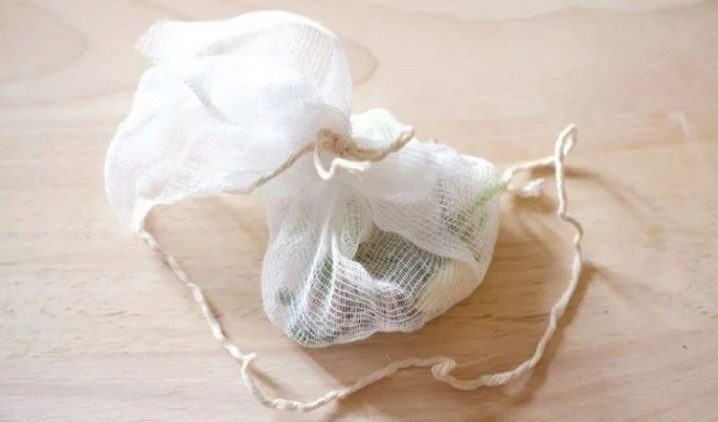
With paste
It is about a way to sow carrot seeds using flour or starch. It is from them that the nutritious paste is prepared as follows:
- complex minerals are diluted in water;
- starch or flour is introduced at the rate of 1 tbsp. l. ingredient per 1 liter of liquid;
- the mixture is brewed over low heat.
At the final stage, that is, after the paste has cooled to 30-35 degrees, planting material is added. Then the solution with the seeds must be thoroughly mixed (shaken). The composition is poured into the prepared grooves in a thin stream.

Useful Tips
If everything is done correctly and on time, then you can count on a high-quality and rich harvest. And at the same time, labor-intensive and time-consuming thinning of plantings will not be needed. So at the initial stages of growing vitamin root crops, it is required to pay attention to loosening, mulching, as well as regular weeding, watering, fertilization and pest control.
As practice shows, despite the simplicity of the process of sowing and cultivation of the described vegetable crop, gardeners often make mistakes that negatively affect the yield. In this case, it is recommended to consider the following important points.
- Violation of the timing of the soaking of the seed and its moistening. In such cases, the risk of seed rot and the development of a fungus increases manifold. Strict adherence to the relevant instructions will help to avoid trouble.
- Excessive presence of minerals when soaking, which leads to shock of the embryos, and also causes problems with their germination. The dosage of these substances must be strictly observed.
- Planting seeds at great depths, due to which there is a significant delay in germination. The recommended indicator varies in the range of 1.5-2 cm.
- Waterlogging of the soil, leading to the death of the seed due to lack of oxygen.
- Drying out of the soil. Here and in the previous case, the solution to the problem will be compliance with the irrigation rules.
Summing up, it should be noted that planting carrots so that they do not have to thin out in the future is quite simple. Moreover, in the arsenal of vegetable growers today there is more than a wide range of simple and at the same time effective agricultural techniques. As a result of their use, a rich harvest of large and juicy root crops is guaranteed.
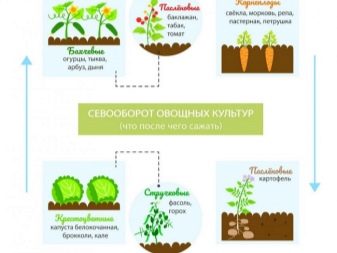














The comment was sent successfully.